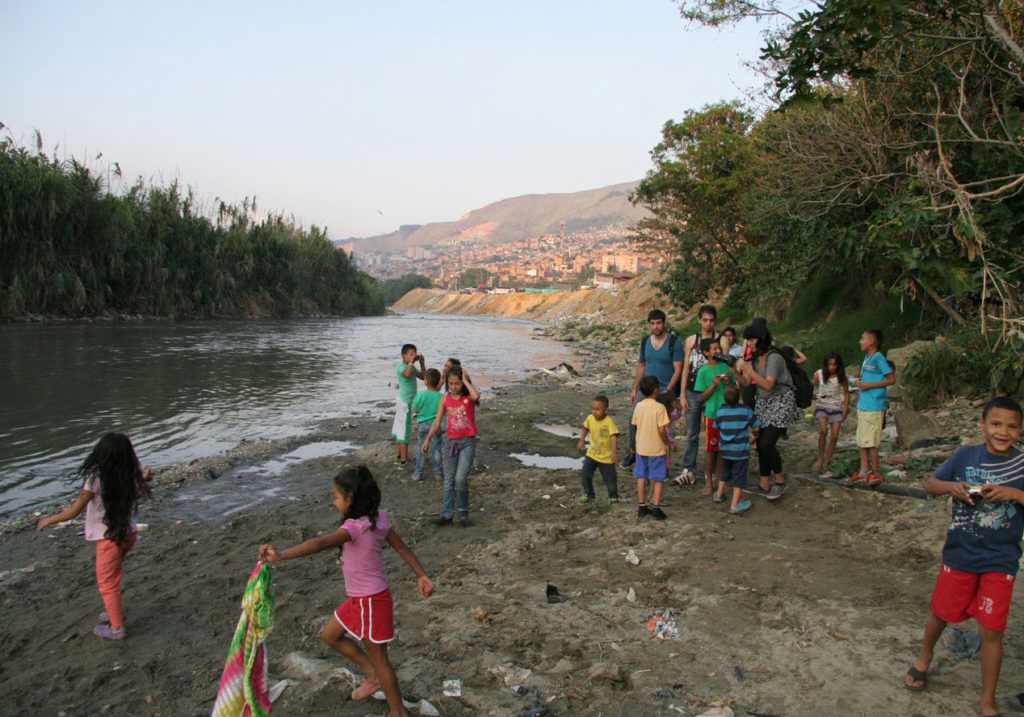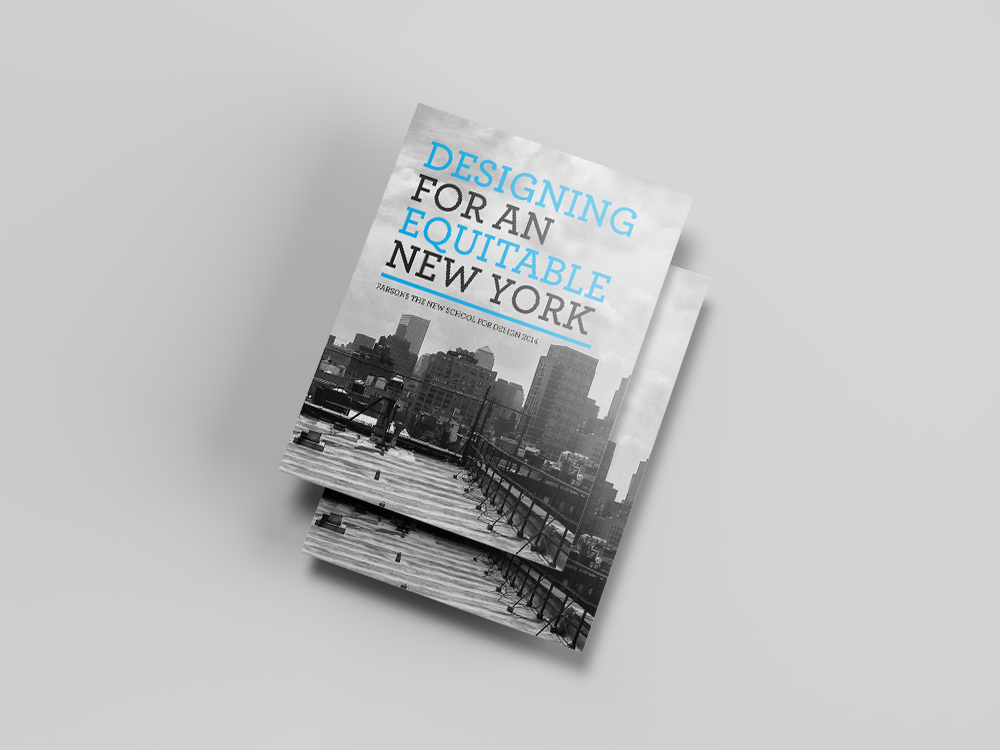Team
Anne Duquennois, Aran Baker, Ron Morrison, Dagny Tucker,
Role My role was to understand, manipulate and categorize the data to make it usable. I also created the original design concept of the data visualization.
Partner Organization:
Association of Neighborhood & Housing Development (ANHD)
Goal for tool:
Develop a visual language to make the data collected by ANHD more accessible and useful to other community organizations. The interactive pdf we produced can be used to guide and inform efforts by community groups, support their campaigns, and help them make achieve policy changes that better address the housing inequality in NYC.
Issue:
Affordability is defined by the federal government, and in turn the state and local government but it does not translate to making housing accessible in many of NYC’s neighborhoods. ANHD has collected information on all NYC neighborhoods around actual local incomes and housing costs and tried to come up with a more accurate measure of “affordability” in housing.
Our Project group has been given the opportunity to work with ANHD to assist them in transforming a complex and data intense chart on the New Housing Marketplace Plan (developed under Bloomberg’s Administration) into a user friendly format.
ANHD will be using the material we produce to reach out to community boards, activists, residents and the media, as well as, for online usage. The two overarching takeaways ANHD hopes to highlight with the materials are * the number of “actually” affordable units versus the total number of affordable housing units in each neighborhood an.d * the difference between what the city means when it says “affordable housing” and what residents mean when they say “affordable housing.
In Order for AnHD to define what was actually affordable for each neighborhood they had to make a differentiation between AMI (the City’s standard measure based on federally calculated Area Median Income) and the actual median income of each neighborhood.
So what ANHD did was break down NYC, !st into boroughs and then further into each community board district. It then used census data to calculate the actual medium income and household size of each neighborhood (community board district).

